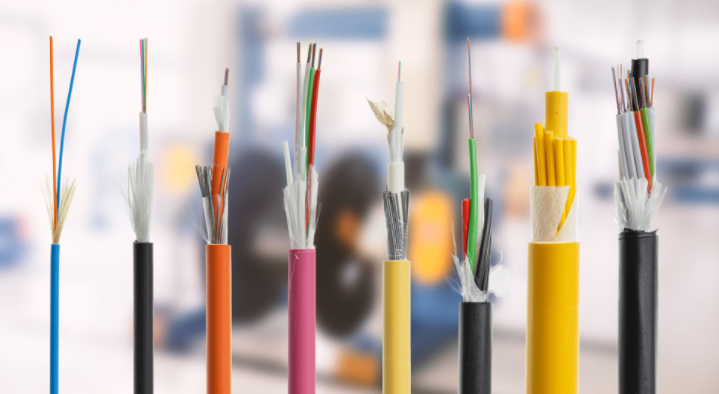Oufu Optical Fiber Cable Co.,Ltd
Address: Shenyang, Liaoning, China
Contact person: Manager Zhang
Phone: 400-964-1314
Mobile phone: +86 13904053308
【whatsapp && wechat】
2025-02-19 656

single mode fiber patch cords are indispensable for maintaining signal integrity and minimizing data loss. Designed for precision and reliability, these cables are critical for telecom, data centers, and enterprise infrastructure. This guide explores the advantages of single mode fiber patch cords, their key applications, and expert tips for selecting and deploying them effectively.
A single mode fiber patch cord uses a thin 8–10µm core to transmit a single light mode, enabling long-distance communication with minimal signal attenuation. Key features include:
OS2 Standard: Optimized for wavelengths of 1310nm and 1550nm.
Low Insertion Loss: Typically <0.3 dB for efficient signal transmission.www.adsscable.cn
Connector Options: SC, LC, FC, or ST connectors for compatibility with various devices.
These patch cords are ideal for applications requiring transmission over kilometers, such as metro networks or cross-campus links.
Long-Distance Performance
Single mode fiber patch cords support distances up to 120 km without signal boosters, making them ideal for telecom backbones.
High Bandwidth
Capable of handling 10G, 40G, and 100G networks with minimal latency.
Low Signal Dispersion
Reduced modal dispersion ensures data integrity over extended ranges.
Future-Proofing
Compatible with emerging technologies like 5G and DWDM (Dense Wavelength Division Multiplexing).
Telecommunications: Connecting central offices, cell towers, and long-haul networks.
Data Centers: Linking switches, routers, and servers across large facilities.
CATV and Broadcasting: Transmitting high-definition video signals over long distances.
Industrial Networks: Harsh environments requiring stable, long-range connectivity.
LC/APC: Angled Physical Contact (APC) connectors for low reflection in PON networks.
SC/UPC: Ultra Physical Contact (UPC) polish for high-speed data centers.
FC/PC: Threaded connectors for secure connections in high-vibration settings.www.adsscable.cn
Short (1–5 meters): Rack-to-rack connections within data centers.
Long (10+ meters): Cross-building or outdoor installations.
LSZH (Low Smoke Zero Halogen): Safe for indoor public spaces.
Armored: Steel or Kevlar reinforcement for outdoor or industrial use.
Plenum-Rated (OFNP): Fire-resistant for air-handling spaces.
Inspect Connectors: Use a fiber microscope to check for contamination.
Clean Ferrules: Wipe with lint-free wipes and 99% isopropyl alcohol.
Align and Connect: Gently insert the single mode fiber patch cord into adapters until fully seated.www.adsscable.cn
Test Performance: Verify with an optical power meter or OTDR.
Avoid Tight Bends: Maintain a bend radius ≥10x the cable diameter.
Store Properly: Coil unused cords loosely to prevent stress.
Regular Testing: Monitor insertion loss and return loss annually.
| Factor | Single Mode Fiber Patch Cord | Multimode Fiber Patch Cord |
|---|---|---|
| Core Diameter | 8–10µm | 50µm or 62.5µm |
| Distance | Up to 120 km | Up to 550 meters (OM5) |
| Cost | Higher initial cost | Lower initial cost |
| Applications | Long-haul telecom, 5G backhaul | Data centers, LANs |
ITU-T G.652: Standard for OS2 single mode fiber.
TIA-568: Performance and interoperability guidelines.
IEC 61753: Connector reliability certifications.
Q: Can single mode fiber patch cords work with multimode equipment?
A: No—mismatched cores cause signal loss. Always use compatible transceivers.
Q: What is the maximum speed supported by single mode fiber patch cords?
A: They can handle up to 400G with advanced modulation like QSFP-DD.
Q: How do I clean single mode fiber connectors?
A: Use a fiber optic cleaning pen or cassette for APC/UPC connectors.
Single mode fiber patch cords are the backbone of modern long-distance communication, offering unmatched speed and reliability. By understanding their benefits, applications, and selection criteria, businesses can optimize network performance and scalability. For mission-critical deployments, always source certified single mode fiber patch cords from trusted manufacturers to ensure compliance and longevity.